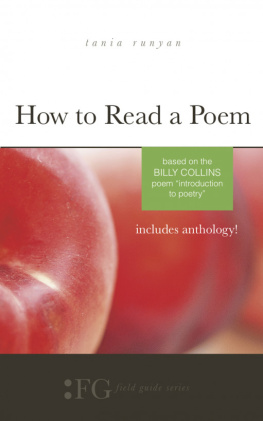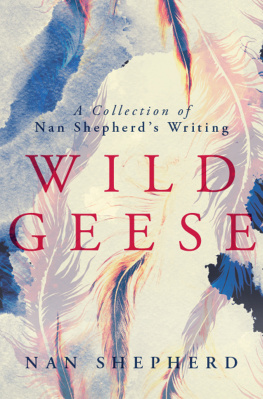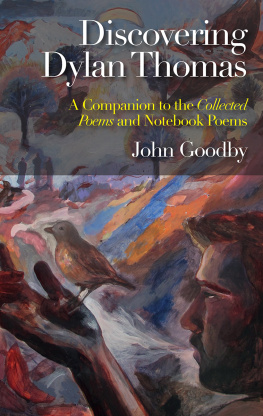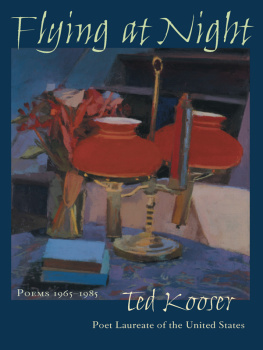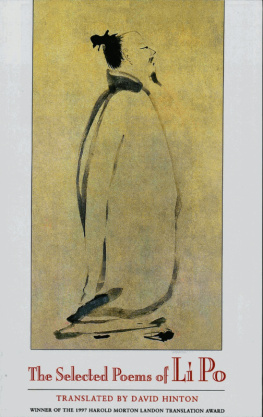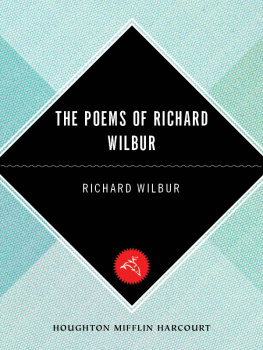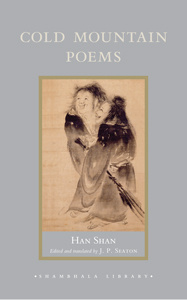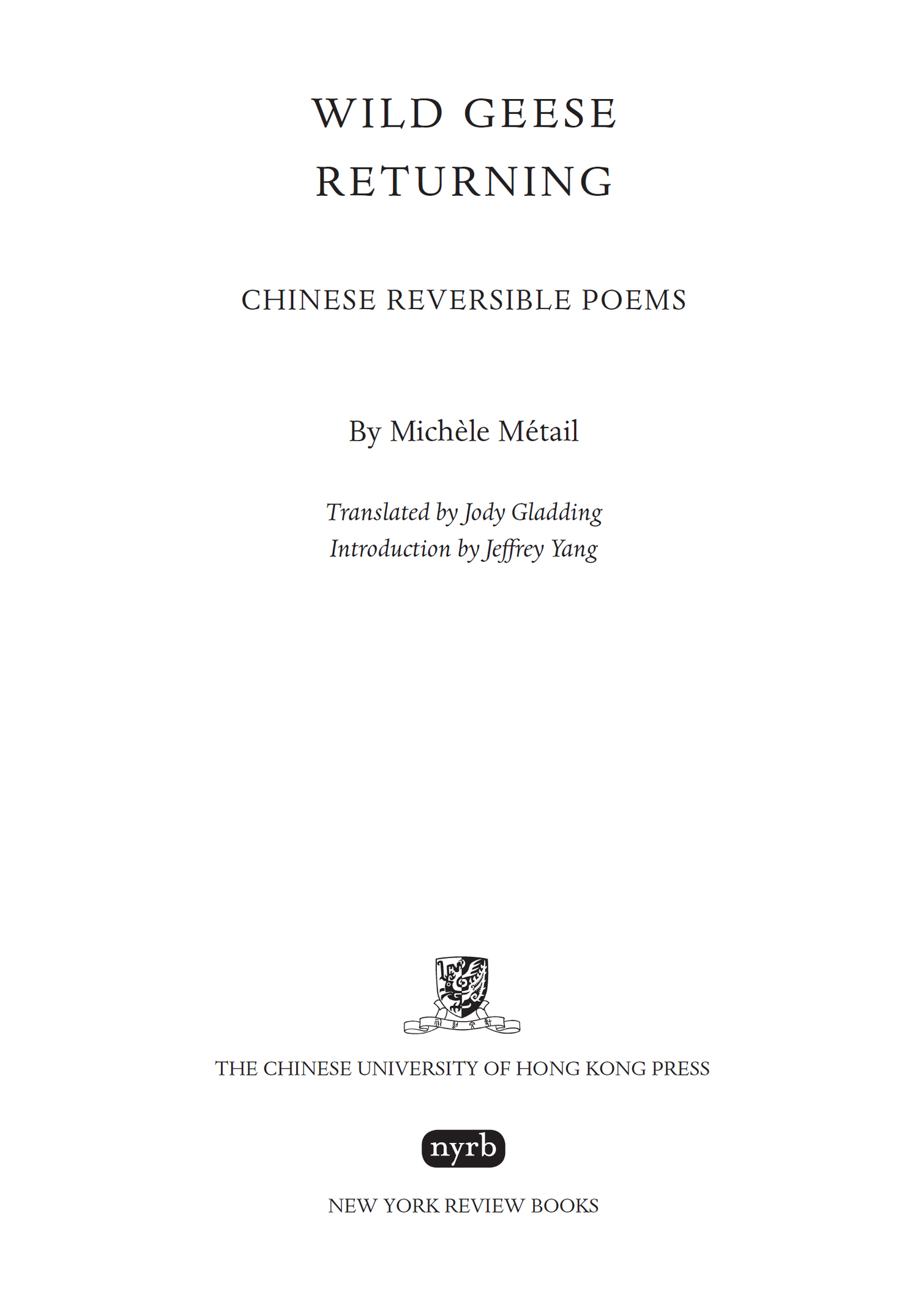All rights reserved.
A catalog record for this book is available from the Library of Congress.
435 Hudson Street, New York, NY 10014, U.S.A.
Contents
Anonymous (7th century):
The Map on a Hanging Mirror (Panjiantu)
Figures
The original form of Poem on a Tray
Circular reading direction for Poem on a Tray
Reconstruction of the words in Poem on a Tray
Remains of a square poem in five colors
The Armillary Sphere in Chinese cosmology
Reproduction of the Armillary Sphere by Zhu Shuzhen
Yin and Yang lines from The Book of Changes
Yin and Yang combination lines from The Book of Changes
Eight trigrams
Sixty-four hexagrams
The distribution of colors in the poem
Replica of a Han Dynasty compass
Northern Dipper or Big Dipper
Map of the Armillary Sphere
The Magic Square
Eight Trigrams within the Magic Square
Interaction of the Yin and the Yang
The Sequence of Earlier Heaven
Twelve Months Distributed around a Square
Twenty-fourth hexagram from the I Ching
Twenty-third hexagram from the I Ching
Forty-third and Forty-fourth hexagrams from the I Ching
Taoist Cosmic Diagram
Lady Su Hui and Her Verse Puzzle
The Principle Female Role (Su Hui)
Reversible poems in an embroidered handkerchief
Wang Rongs Reversible Text
Reversible Inscription by Yin Zhongkan
Reversible Inscription by Xiao Yan
Reversible Inscription by Xiao Gang
Circular Text by Emperor Taizong
Square Arrangement of Text
Reading Order of the Square Arrangement of Text
Print Reproduction of the panjiantu
First Circular Inscription by L Dongbin
Second Circular Inscription by L Dongbin
First Circular Poem by Qian Weizhi
Second Circular Poem by Qian Weizhi
In Imitation of the Embroidered Diagram (1)
In Imitation of the Embroidered Diagram (2)
Wang Shus Diagrammatic Poem
Zhang Yudes Poem set in Ancient Writing
Calligraphy in the Style of Ouyang Xun
Calligraphy in the Style of Wang Xizhi
Calligraphy in the Style of Ouyang Xun
Calligraphy in the Style of Wang Xizhi
Calligraphy in the Style of Pei Gongmei
Calligraphy in the Style of Wang Xizhi
Calligraphy in the Style of Pei Gongmei
Introduction to the Calligrams Edition
As if a Ring
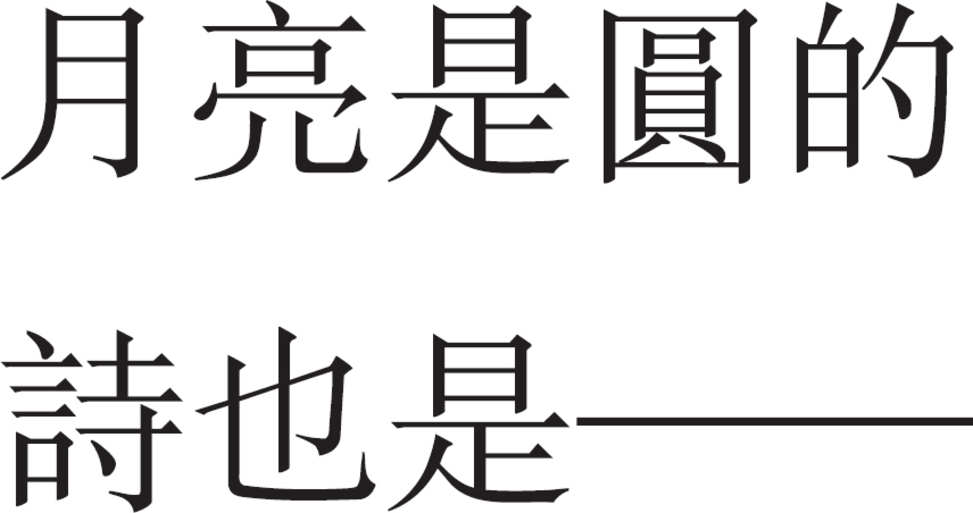

The moon is round and so is the poem
Zhou Mengdie (19212014)
It is a love story that has survived the centuries, through embellishment and expansion, rhetorical invocation, literary allusion, emotive fictionalization, and illustrative depictions in paintings. Glancing references to it appear in poems dating back to the fifth and sixth centuries. By the first half of the seventh century, the storys narrative begins to take shape with the appearance of a brief biography in a history of the Jin (265420). As recorded in the chapter on Exemplary Women, Su Hui 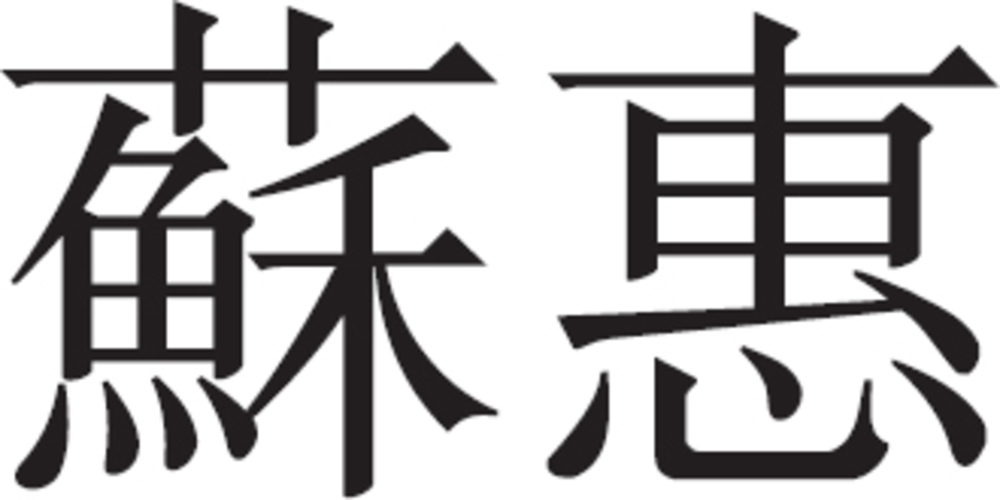
 (style name Su Ruolan), a gifted poet native of Shiping (a town located in present-day Shaanxi), wove a brocade of a reversible circular-picture poem (huiwen xuantu shi
(style name Su Ruolan), a gifted poet native of Shiping (a town located in present-day Shaanxi), wove a brocade of a reversible circular-picture poem (huiwen xuantu shi
 ) for her husband Dou Tao, the prefect of Qingzhou who had been exiled to the place of flowing sands. This mournful poem of loves longing consisted of 840 characters and could be read circularly, in any direction.
) for her husband Dou Tao, the prefect of Qingzhou who had been exiled to the place of flowing sands. This mournful poem of loves longing consisted of 840 characters and could be read circularly, in any direction.
A gloss on the poet Jiang Yans fifth-century Rhapsody on Separation, also written in the early Tang dynasty, added a scandalous spin: although Dou Tao swore not to marry again, soon after his banishment to the desert wastes he married another woman. Only then did Su Hui weave her circular poem for him, as an attempt to win back his heart.
The most renowned version of the love story is attributed to Wu Zetian and officially dated 692 AD . During the Ming and Qing dynasties it circulated as a preface to Su Huis reconstructed poem. While its authenticity cannot be proven (the compilers of an eighteenth century descriptive catalogue of the imperial collection, for one, deemed it a forgery), its not hard to see why Su Hui would appeal to Wu Zetian or to someone pretending to be her. Wellversed in the classics and accomplished in music and poetry, Imperial Majesty Wu was the only woman in Chinese history to establish her own dynasty (the Second Zhou) and rule as Emperor. She practiced Daoist rituals and exalted Buddhism above Confucianism as an intellectual and spiritual pursuit, while supporting all three belief systems in different ways to maintain peace in the realm. A prophecy in a canonical commentary pointed to her as being an incarnation of Maitreya, reborn to rule over the island of the terrestrial world,


